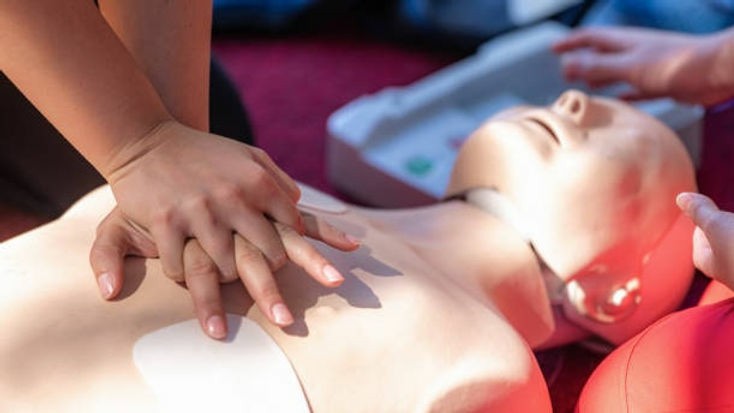


 349,500 Offered Certificates
349,500 Offered Certificates
 24/7 Online Training
24/7 Online Training
 Money Back Guarantee
Money Back Guarantee
 Fully Accredited Courses
Fully Accredited Courses

Created at: 25-02-2025 19:58
In today’s fast-paced work environment, ensuring the safety and well-being of employees is more crucial than ever. First Aid and CPR training are indispensable for creating a safe workplace, and they empower employees with the skills necessary to respond effectively in emergencies. Whether you’re a business owner, HR manager, or health and safety officer, understanding the benefits of First Aid training can greatly enhance your workplace culture and compliance.
Accidents happen—it's a reality in any workplace. From minor injuries to life-threatening situations, the ability to react quickly and efficiently can make all the difference. First Aid training equips employees with emergency medical response skills, ensuring they are prepared to handle various incidents. This training is more than just a regulatory requirement; it cultivates a culture of safety, resilience, and preparedness.
Cardiopulmonary resuscitation (CPR) is a lifesaving technique that is crucial in emergencies, particularly in the event of a cardiac arrest. Basic CPR techniques include:
Employees trained in CPR & First Aid are essential assets who can provide life-saving assistance while waiting for professional medical help.
Compliance with workplace safety regulations is non-negotiable. Many authorities require compliance with specific First Aid and CPR training regulations tailored to different industries. Ensuring your team holds valid First Aid Certifications not only keeps your workplace compliant but also protects your business from potential legal liabilities associated with workplace injuries.
Effective first aid involves quick comprehension of the injury situation and immediate action. Here are some practical steps employees should follow:
Choosing the right First Aid Course is fundamental for effective preparation. Here are some aspects to consider:
Both training formats have unique advantages:
Combining both methods can provide a comprehensive training experience for your staff.
Investing in First Aid and CPR training empowers employees, minimizes injury risks, and ensures compliance with health regulations. By enrolling your team in a certified First Aid and CPR training course, you’re not just complying with legal requirements—you are prioritizing their safety and well-being.
Ready to enhance your workplace safety? Enroll in a First Aid Course today or contact us at [email protected] for more details!